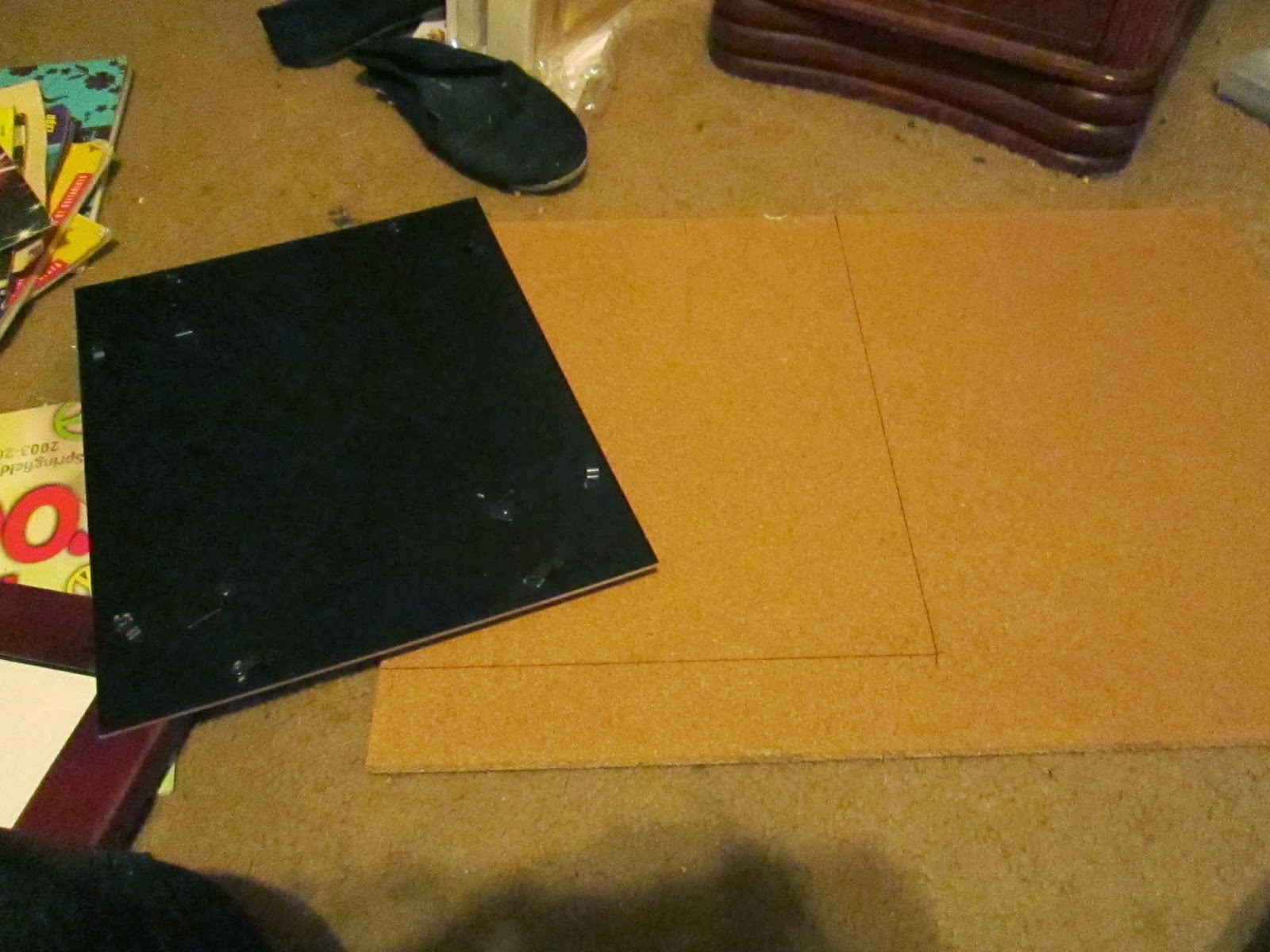Next thing on my list is organizing my sewing supplies.
For this, I'm using:
an old 8"x10" frame
mitre box and handsaw
hanging material
glue (E6000)
Mod Podge
some card board
fabric
square dowel rods
Take your card board and cut it to the size of your frame. Place it on top of your fabric. Cut the fabric, leaving an 1" all around. Glue with Modge Podge the 1" fabric to the back of the board.

Place your mounted board into the frame, you can either use a staple gun, turn buttons, or, like me, since I don't care much for this frame, just glue the board in. Coat the fabric evenly with the Mod Podge.

Cut the pegs approximately the same height and at a 45 degree angle. Glue then down with E-6000 and evenly space them apart.

When the pegs are dry, attach appropriate hanging material, put on your thread and enjoy being organized!
The E-6000 will be fully dry in 24 hours.


























